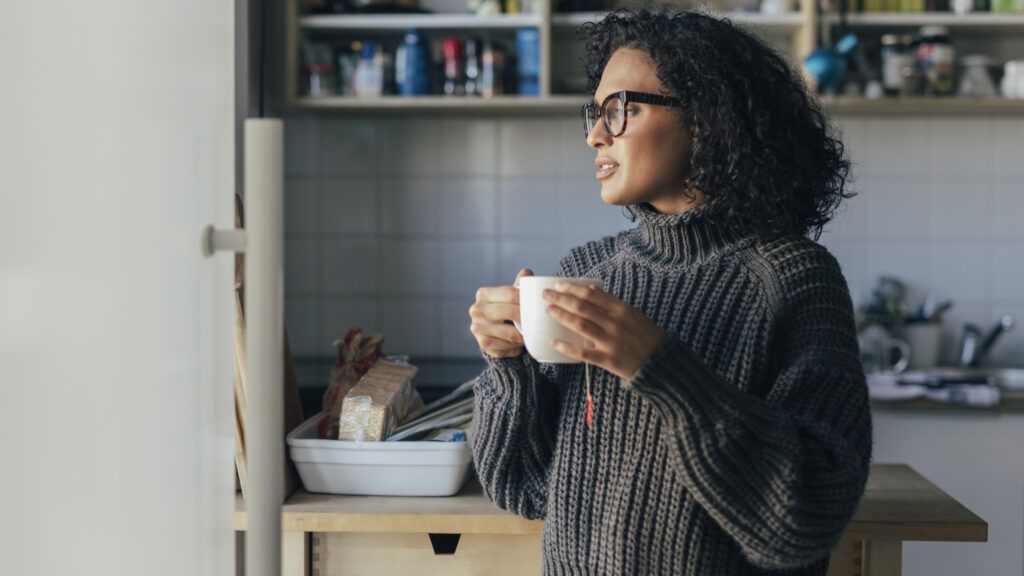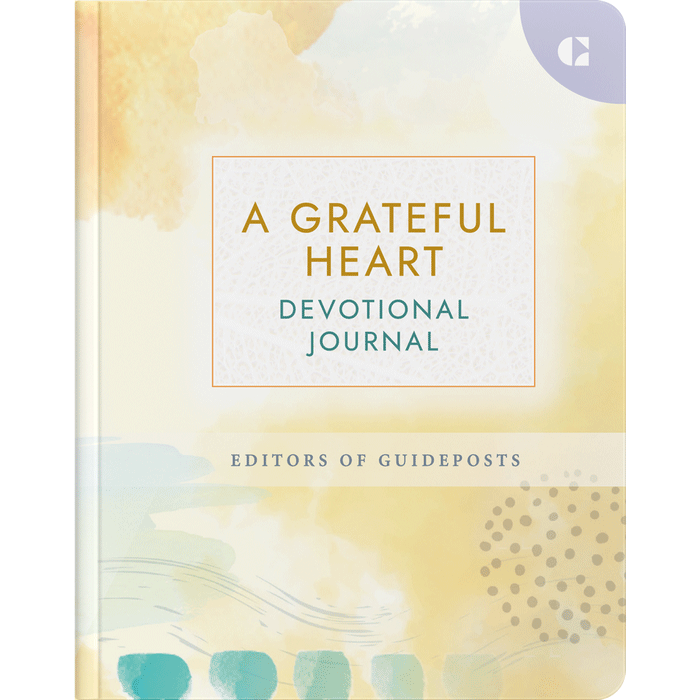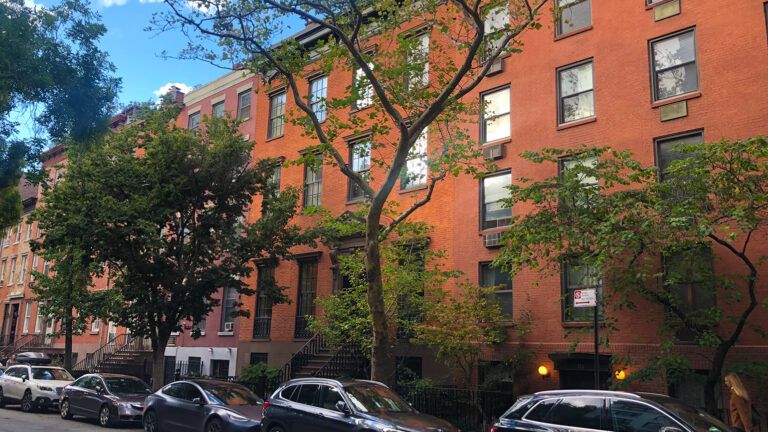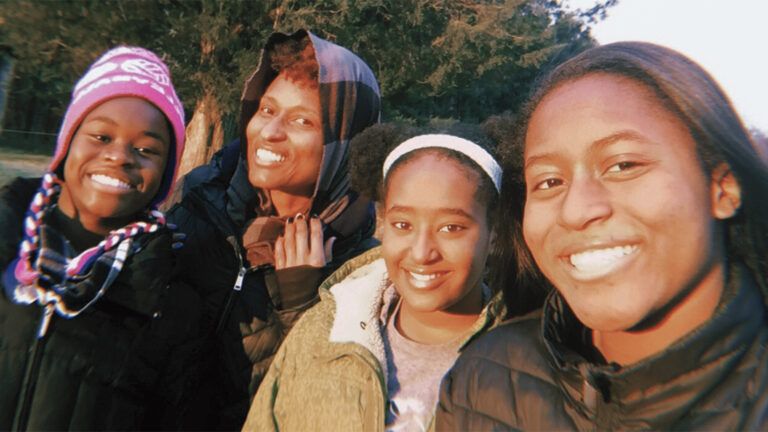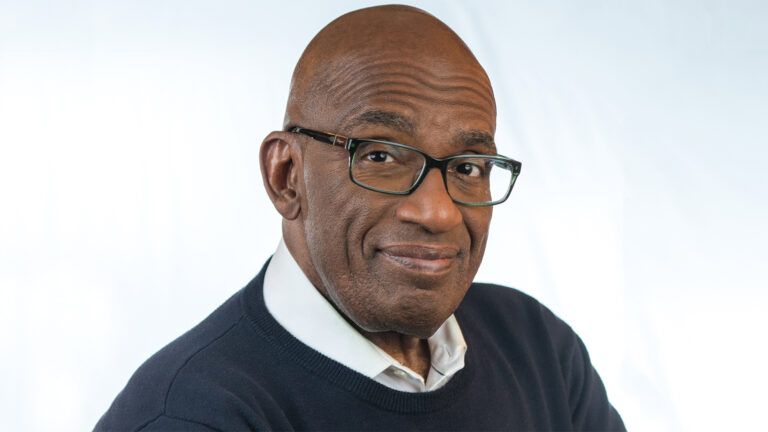“Hygge” (pronounced “hoo-geh”) is one of those excellent words that is untranslatable from its native Danish, and is so pitch-perfect as to be worthy of many books, articles and even blog posts reveling in its meaning of cozy winter relaxation.
Most Americans, if they have heard the term at all, think embracing hygge means surrounding yourself with nourishing objects and activities, like low light and lots of flickering candles, warm, fluffy blankets, thickly knit socks and sweaters, warming foods from tea to cakes to stews and comforting, loving company.
This is a beautiful, nourishing idea.
But, Olivia Liveng, a writer who gained Danish residency last year, says this American perception of hygge is incomplete and incorrect.
The Danish cultural concept of hygge has historical roots in the 19th century, when the dull gray of the country’s long winters coincided with economic changes that took many people out of agriculture and into other professions. The Danes began to explicitly value intentional happiness and personal comfort in ways both relational and—as is reflected in concepts of equality—cultural.
In other words, in Denmark, living with hygge is not about buying cozy things. It’s about making a commitment to focus on lifestyle choices that bring you peace and joy—even and especially in the darkness of winter.
As Miranda Hinkel Young, an American expat living in Denmark, told Liveng, “True hygge is about finding what it is that makes you happy and making time just for that with no distractions.”
In the U.S., hygge was a cultural phenomenon several years ago, and it’s been less of a priority even as we’ve wrestled with everyday coping strategies during the pandemic. But Liveng argues that as we find ourselves in yet another Covid winter, true hygge can serve as a support that’s worth reviving.
The word “hygge,” according to Danish author Miek Wiking, likely derives from the Norwegian term “hyggia,” which means “to comfort” or “to console.” Pair that concept of consolation with the focus on intentionality, peace and joy, and we begin to see how hygge meets many of us right where we are as we begin the third year since we first heard the term “coronavirus.”
What would hygge look like to you this year? It might still involve that cozy blanket, but maybe it also means a long-overdue phone catch-up with a friend. Maybe you bundle up and walk with a friend in the snowy woods on a winter afternoon. Or maybe, you spend a few extra minutes each day thinking about the things that spark gratitude, warmth and safety in your life.
How do you hygge?
